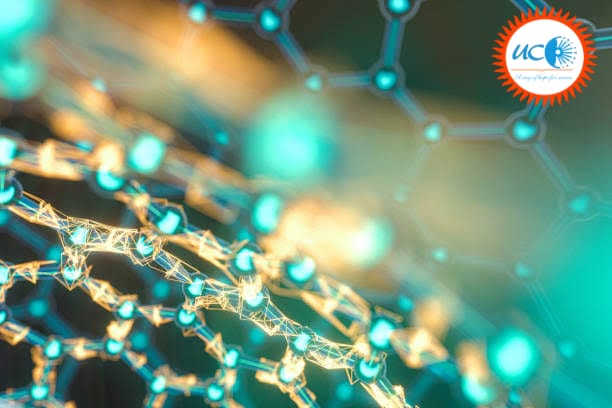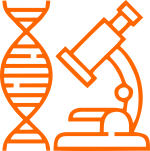What do you understand about nanotechnology and how is it helping in the health sector?
Utilizing and creating methods to investigate physical phenomena and create novel materials and gadgets with physical sizes ranging from 1 to 100 nanometers is known as nanotechnology (nm). Nearly every aspect of our existence is impacted by nanotechnology, including manufacturing, electronics, computing and information technology, healthcare, energy storage and the environment, chemical and biological technologies, and agriculture.
Contribution of nanotechnology in health sector
- Nanomedicine, the application of nanotechnology in medicine helps in producing precise solutions for disease prevention, diagnosis, and treatment.
- Nanotechnology has broadened itself in the areas of medical tools, knowledge, and therapies currently available to clinicians.
- Better imagining and diagnostic tools enabled by nanotechnology are paving the way for earlier diagnosis, more individualized treatment options, and better therapeutic success rates.
- Nanotechnology in medicine currently being developed involves employing nanoparticles to deliver drugs, heat, light or other substances to specific types of cells (such as cancer cells). This technique reduces damage to healthy cells in the body and allows for earlier detection of disease.
- In contrast to dialysis, which works on the principle of the size related diffusion of solutes and ultrafiltration of fluid across a semi-permeable membrane, the purification with nanoparticles allows specific targeting of substances. Additionally, larger compounds which are commonly not dialyzable can be removed.
Since nanoparticles can pass through cell walls and the blood-brain barrier due to their small size, there has been a great deal of concern raised regarding the possibility of negative health impacts. To effectively use the technology, it is necessary to identify the main knowledge gaps and the areas that could benefit from additional research.





